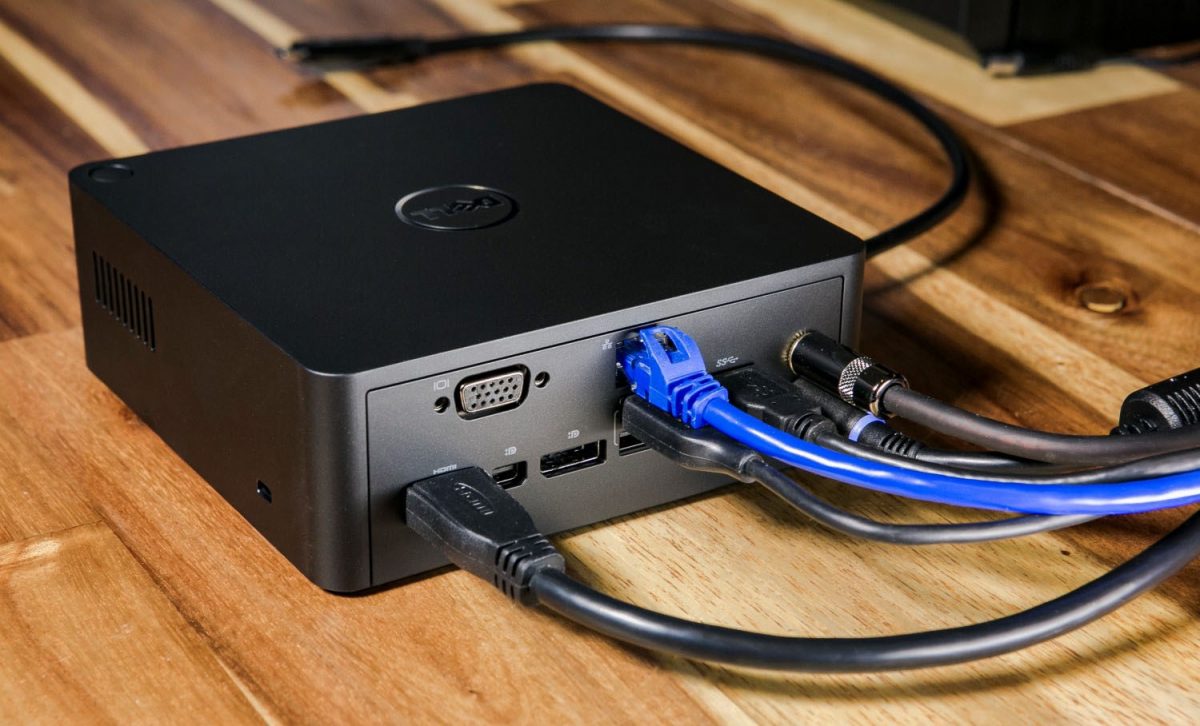
More good news - it's also reversible and can be plugged in any which way (there's no right side up). A Thunderbolt 3 connector (the latest version) combines Thunderbolt, USB, power, and DisplayPort to allow for super fast transfer speeds. Thunderbolt technology (developed by Intel) enables USB C ports to deliver up to 40 Gbps - twice as fast as the fastest "regular" USB C. What about Thunderbolt? Photo by Jari Hytönen on Unsplash Wouldn't that be nice.īut it's also a little confusing, as you'll see below in the section on nomenclature.
#WHAT PERIPHERALS SHOULD I CONNECT TO USB 2 VS USB 3 SERIAL#
I'll leave out the inner monologue this time.įinally, USB C is being adopted by many different manufacturers which probably means we're heading towards a true "universal" USB (it is called the "Universal Serial Bus" after all). I've seen this feature being called "flippability", and I like it.Īlong those same lines, it has the same type of connector at both ends - so you can just grab an end and plug it in, no matter which end you grab. I always plug it in the wrong way, but I usually flip it over first so darn it I'm just gonna plug it in the first way I pick it up.crap. If you're using a USB type C device, you just plug that device in any way you like. Second - and perhaps everyone's favorite feature - there's no right-side up which makes it much less frustrating to use. Ok, so let's discuss USB C some more and lay out all its advantages.įirst of all, USB C offers faster data transfer speeds (up to 10 Gbps if you have the right cable/port combination). So let's learn a bit more about each type before we talk about why USB C has become so popular.ĪDVERTISEMENT Why USB C is good Photo by Shiro hatori on Unsplash

This is an important thing to remember about data transfer speeds: the slower port/cable will always win. So if you want to use a USB 3.0 device in a 1.0 port, you can. Something to note: USB ports are all backwards (and forwards) compatible. This is good for universal adoption potential (more on this below). It's a consortium of around 700 companies (including big ones like Apple, Dell, HP, Microsoft, Samsung). Various companies released these different versions of the USB, but there is an overall body that works to develop better, faster USB technology: the USB Implementers Forum (USB-IF). Because the naming convention is so similar to the 3.0, the USB 3.0 is now known as USB 3.1 Gen 1. It's the latest version of the USB protocol, and can transfer data at a blazing 10 Gbps (yes, gigabyte, not megabyte). Finally, in 2013, USB 3.1 was released ("SuperSpeed+").Not only did it offer faster transfer speeds (up to 640 Mbps) but it enabled two unidirectional data paths that allow you to send and receive data at the same time. In 2009, the USB 3.0 or "SuperSpeed USB" came out (creative naming system, I know).In 2001 we got USB 2.0, or "high speed USB", which could handle transfer speeds of up to 60 megabytes per second (Mbps).


Throughout the next decade, newer (and faster) versions of the USB were released. This is why we care about data transfer speeds, as you'll see below. Not only can a USB and its cable charge that device, but they can also transfer data through the cable. It allowed computers to be connected to and communicate with various other devices and peripherals, like computer mice, cameras, music players, and so on. A bit of backgroundĭid you know that USB stands for universal serial bus? This "plug-and-play" interface was first developed in 1996 when the USB 1.0 was released. You might have heard about USB Type C - after all, USB ports are pretty ubiquitous in the world of tech and electronics.īut do you know why USB C is different and why it's kind of awesome? In this article we'll briefly go through the features of the different types of USB ports and then dive deeper into USB Type C.


 0 kommentar(er)
0 kommentar(er)
